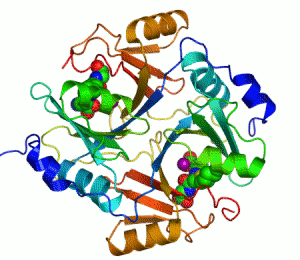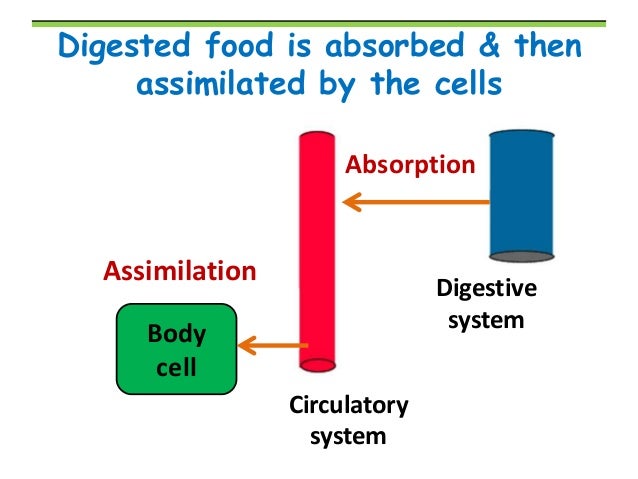6.1.1 Explain why digestion of large food molecules is essential.
Most food is solid and in the form of large complex molecules which are insoluble and chemically inert (not readily stable)
Large molecules need to be broken down into smaller molecules that can be readily absorbed across membranes and into cells. Small molecules can be reassembled into new products (e.g. amino acids can be reassembled to form new proteins).
6.1.2 Explain the need for enzymes in digestion
Enzymes are biological catalysts that speeds up the rate of reaction. It allows reactions to take place at body temperatures. They are specific for a certain type of reaction though based on the lock and key model.
6.1.3 State the source, substrate, products and optimum pH conditions for one amylase, one protease and one lipase
Amylase
Example - Salivary amylase
Source - Salivary glands
Substrate - Starch
Product - Maltose
Optimum pH - 7
Protease
Example - Pepsin
Source - Gastric juice
Substrate - Protein
Product - Short polypeptides
Optimum pH - 2
Lipase
Example - Pancreatic juice
Source - Pancreas
Substrate - Lipids (triglyceride)
Product - Glycerol and fatty acids
Optimum pH - 8
6.1.4 Draw and label a diagram of the digestive system
6.1.5 Outline the function of the stomach, small intestine and large intestine
Stomach
Present in the wall of the stomach are millions of tiny pits called gastric glands which secrete the components of gastric juice. This juice includes hydrochloric acid - sufficiently acidic to create an environment of pH 1.5-2.0, which is the optimum pH for protein digestion by the protease enzymes of the gastric juice. These proteases, of which pepsi is one, are formed in cells of gastric glands and secreted in an inactive state. The hydrochloric acid then activates them, and kills most of the in coming bacteria in the food.
The whole stomach lining is supplied with goblet cells that secrete mucus. Mucus bathes the interior lining of the stomach, forming an effective barrier to both the hydrochloric acid and the protease of the gastric juices, preventing autolysis (self-digestion) of the stomach wall.
As the food is mixed with gastric juice and churned by muscle action it becomes a semi-liquid called chyme. The churning action of the stomach is an important part of the mechanical digestion process. A typical meal may spend up to four hours in the stomach.
Small intestines
Food enters the first part of the small intestine (known as the duodenum) a little at a time. Here the chyme meets bile from the bile duct, and the pancreatic juice from the pancreas. Bile is strongly alkaline and neutralises the acidity of the chyme. It also lowers the surface tension of large fat globules, causing them to break into tiny droplets, a process called emulsification. This speeds digestion by the enzyme lipase later on. Bile itself contains no enzyme.
All these enzymes act as the chyme, bile and pancreatic juice are mixed together by a churning action (a form of peristalsis) called segmentation.
6.1.6 Distinguish between absorption and assimilation
Absorption can be defined as the movement of particles or dissolved substances across a membrane
Assimilation can be defined as the conversion of nutrients into fluids or solid parts of an organism.
6.1.7 Explain how the structure of the villus is related to its role in absorption and transport of the products of digestion
There are different structure of the villus which aid its role in absorption.
Micro-villi is present to provide a huge surface area for absorption.
Epithelium cells has a single layer of small cells, packed with mitochondria - the source of ATP for active uptake across the plasma membrane.
Protein pumps in the plasma membrane of the epithelial cells can actively transport nutrients across the plasma membrane into the villi
There is also a big network of capillaries which proved a large surface area for uptake of amino acids, monosaccharides, and fatty acids and glycerol into blood circulation.
Lacteal is a branch of the lymphatic system into which triglycerides (combined with protein) pass for transport to body cells
The mucus from goblet cells in the epithelium can lubricate movement of digested food among the villi and protects plasma membrane of epithelial cells.








沒有留言:
張貼留言